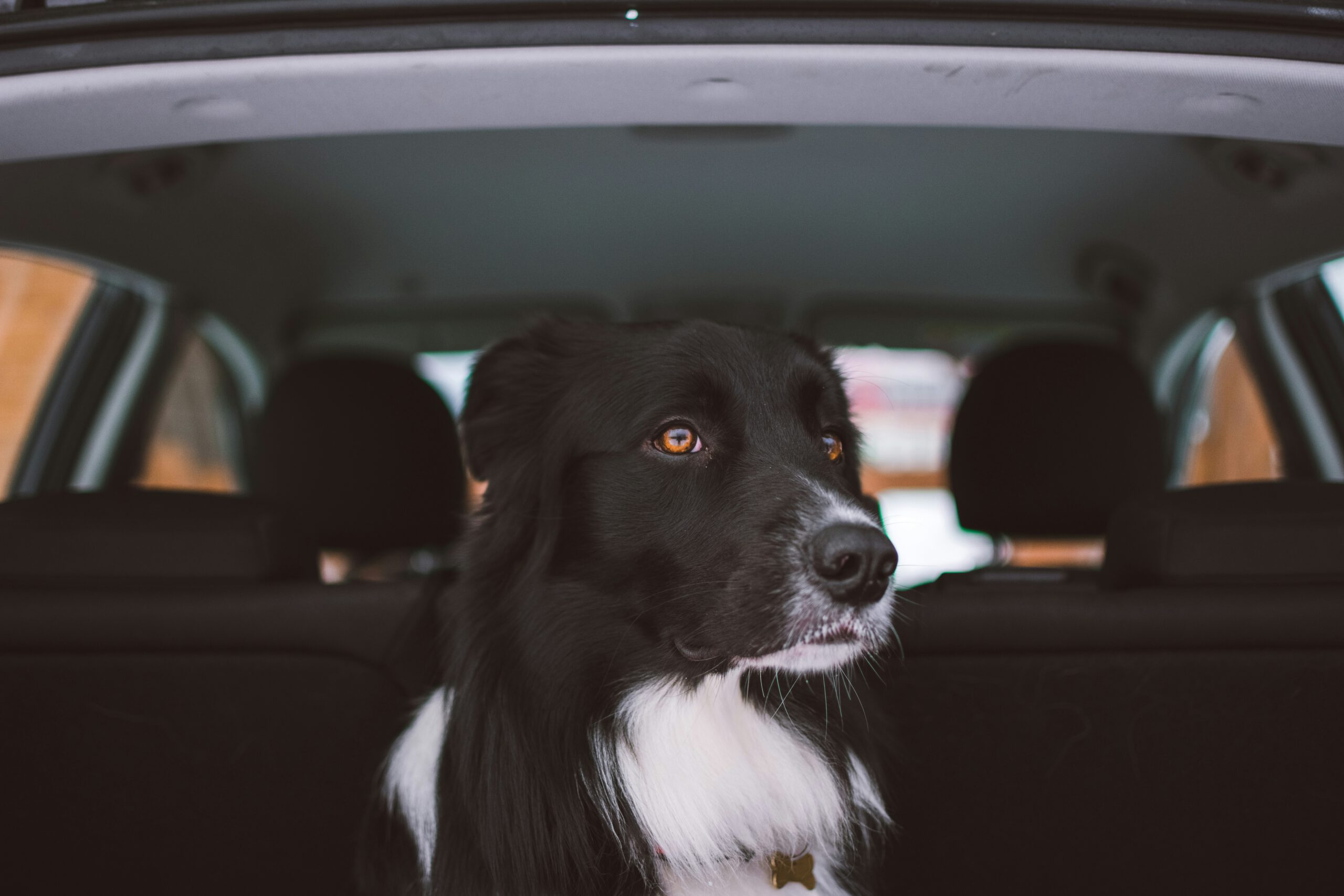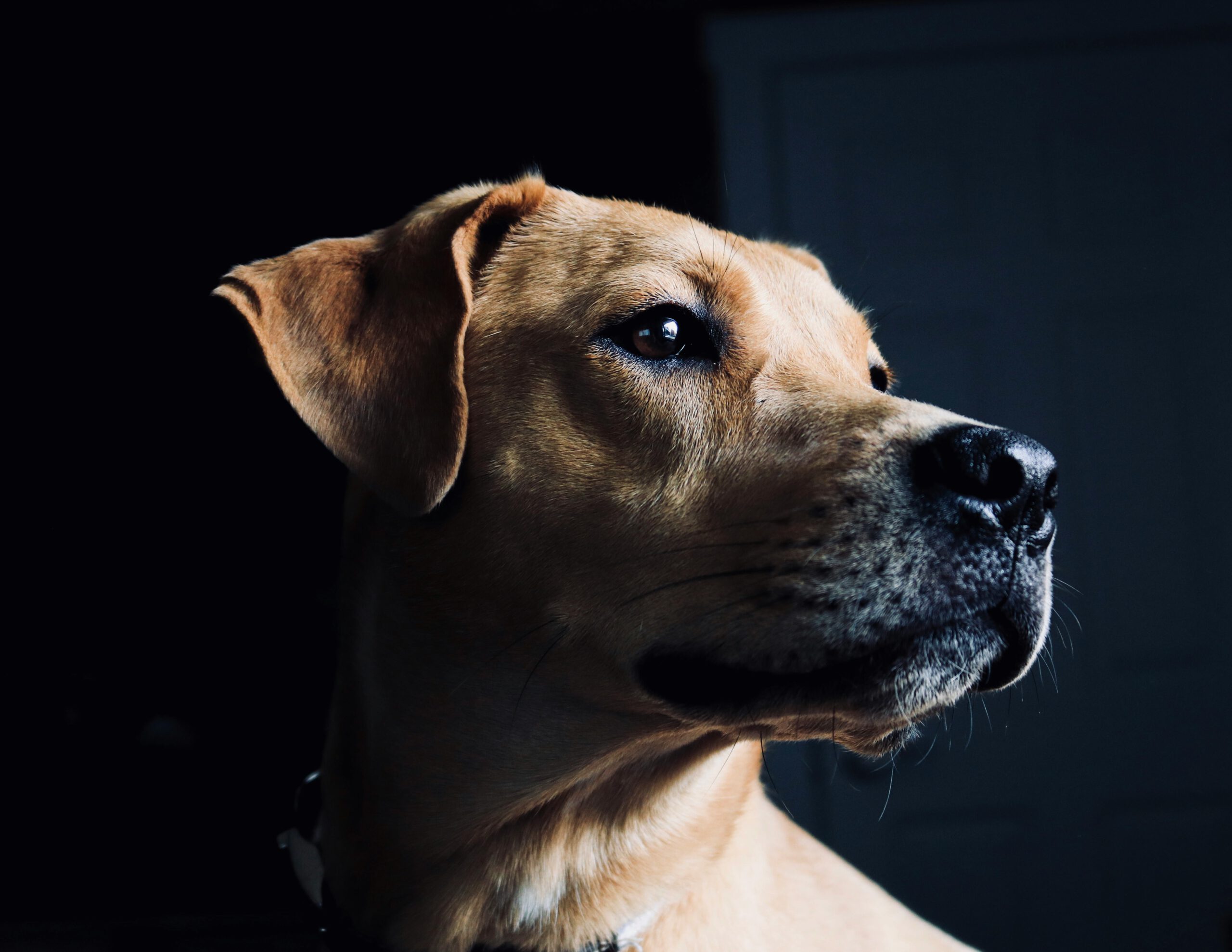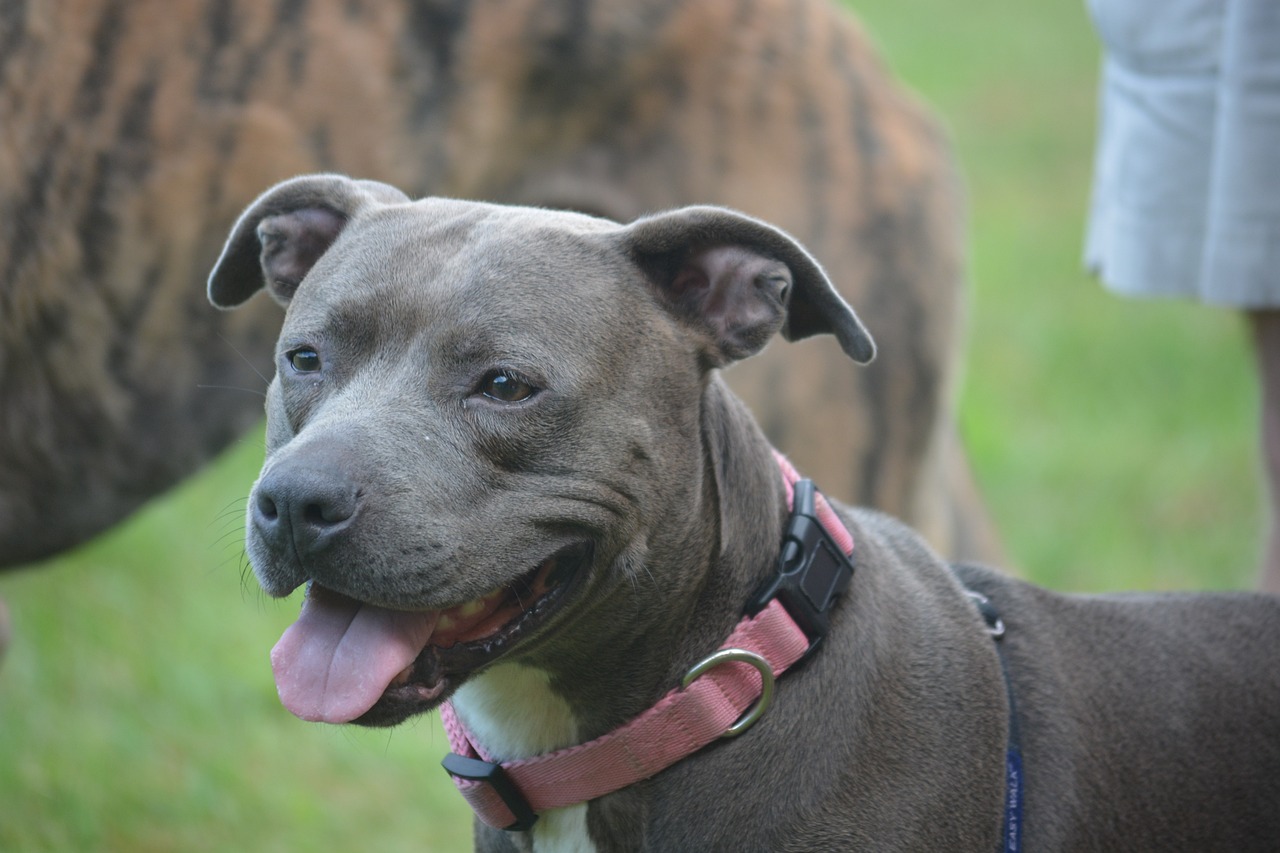According to the DGT, when you travel with your pet in the car you must place a separator to prevent your pet from distracting you and disturb you when you are driving. According to traffic data, more than half of all drivers experience risky situations due to animals not being properly restrained in their vehicles.
Traffic also reminds us that your animal must travel identified with the relevant documents: census plate from the local council, health card with the corresponding vaccinations, civil liability insurance in the case of dogs classified as potentially dangerous, compulsory identification chip and the administrative licence if necessary.

Tips to improve our safety and that of our pets when travelling by car
Despite the fact that half of animal owners do not know the rules for transporting animals as stated in the RACE study on the role of accompanying persons when drivingHowever, there is a large majority (91%) who consider it dangerous, both for the animal and for passengers, to carry the pet without protection.
Different restraint systems are available on the market to make car travel safer for both occupants and animals. Travelling with dogs or cats is the most common, but there are also other types of pets such as rodents or birds.
The harnesses with double harness attachment to the safety belt The vehicle restraints are the most recommended system for restraining dogs.The single-hook harness is much more fragile because the snap hook can break with a dog weighing 20 kg or more. Leashes that attach to the animal's collar are also not recommended for several reasons: they do not restrain in the event of a collision, they can cause serious injury to the animal's neck, and they allow free movement of the pet which can interfere with driving.

In which car seat should pets travel?
The safest place for your pet to travel is behind the back of the front seats and always in a carrier.
Can I take my dog in the boot? In the case of large dogs that do not fit behind the front seat, it is best to carry them in the luggage compartment using dividing grids so that the passenger compartment is completely separated from the luggage compartment. To prevent the animal from moving around in the load space and potentially destabilising the vehicle, it is safest to combine the dividing grille with a carrier adapted to the size of the dog.
Restraint systems for dogs, cats and other pets when travelling by car
An animal loose in the car is dangerous because:
- Increases driver distraction.
- May interfere with driving by climbing on top of the driver or by affecting mechanical systems (pedals, gear lever, etc.).
- It poses a risk to other road users, such as a dog with its head sticking out of the window, because of the risk of falling.
- It can cause very serious or even fatal injuries to other occupants in the event of braking or impact.
You have seen why it is dangerous to travel with your pet loose in the car. To avoid this situation, you should choose a restraint system that has been crash-tested or approved to European standards, e.g. ECE R17 or DIN 75410-2. There are different types of animal restraint systems depending on the size or weight of the animal:
Safety harness for dogs:
Recommended especially for dogs. They restrain pets by means of seat belts (be aware of their length) or Isofix devices. Straps that attach to the dog's collar do not restrain the animal and pose a risk to passengers.
Dividing grid
Enables the luggage compartment to be fitted for the transport of large animals in vehicles with tailgate or family vehicles. The stability of both the seat backrests and the mounting of the grille must be taken into account. The safest and most recommended are those that are mounted from the vehicle roof to the luggage compartment floor and comply with DIN 75410.
Carrier
This is one of the safest methods. If placed in the luggage compartment (for large dogs) it should be placed as close to the backrest as possible and in a transverse position with respect to the direction of travel. For small pets, carriers should be placed inside the passenger compartment, on the floor behind the front seats. They should never be placed on the seat, restrained by a seat belt, as tests have shown that the crate breaks and the pet is thrown through the wall of the carrier.








